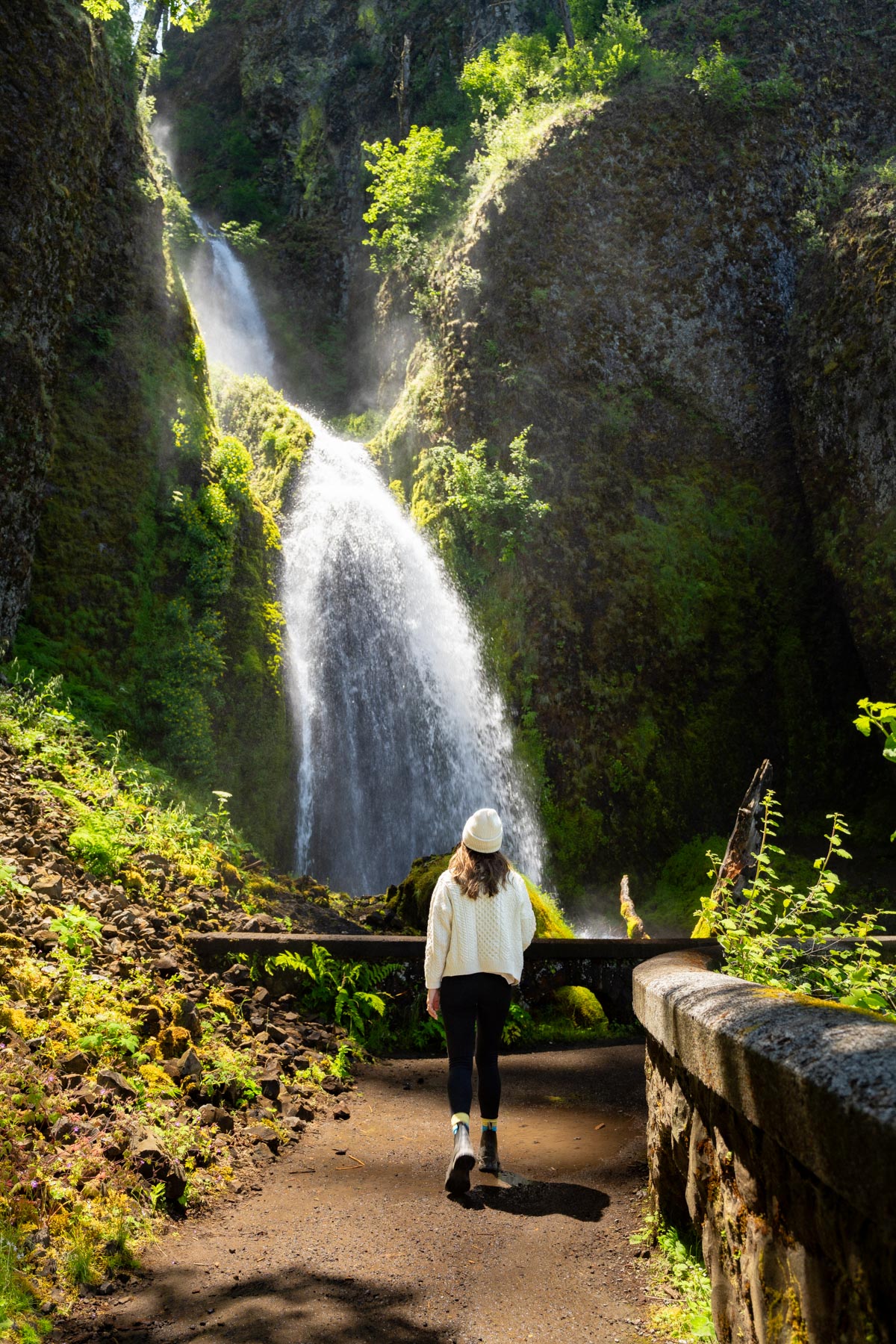
Post Overview: A Guide on Oregon & Washington Recreation Passes
It seems to me that outdoor recreation is getting more popular by the day (such a great thing!). One of the most confusing things about hiking in the Pacific Northwest is knowing which of the annual recreation passes in Oregon and Washington to display.
It can seem exceptionally confusing to navigate the wild world of recreation passes. Trust me, I was definitely felt overwhelmed when I first started spending time outdoors.
But now, almost 6 years later, I’ve definitely learned a thing or two about the various recreation passes (which are essentially parking permits).
With that said, let’s cover the similarities and differences between the various annual recreation passes in Oregon and Washington.
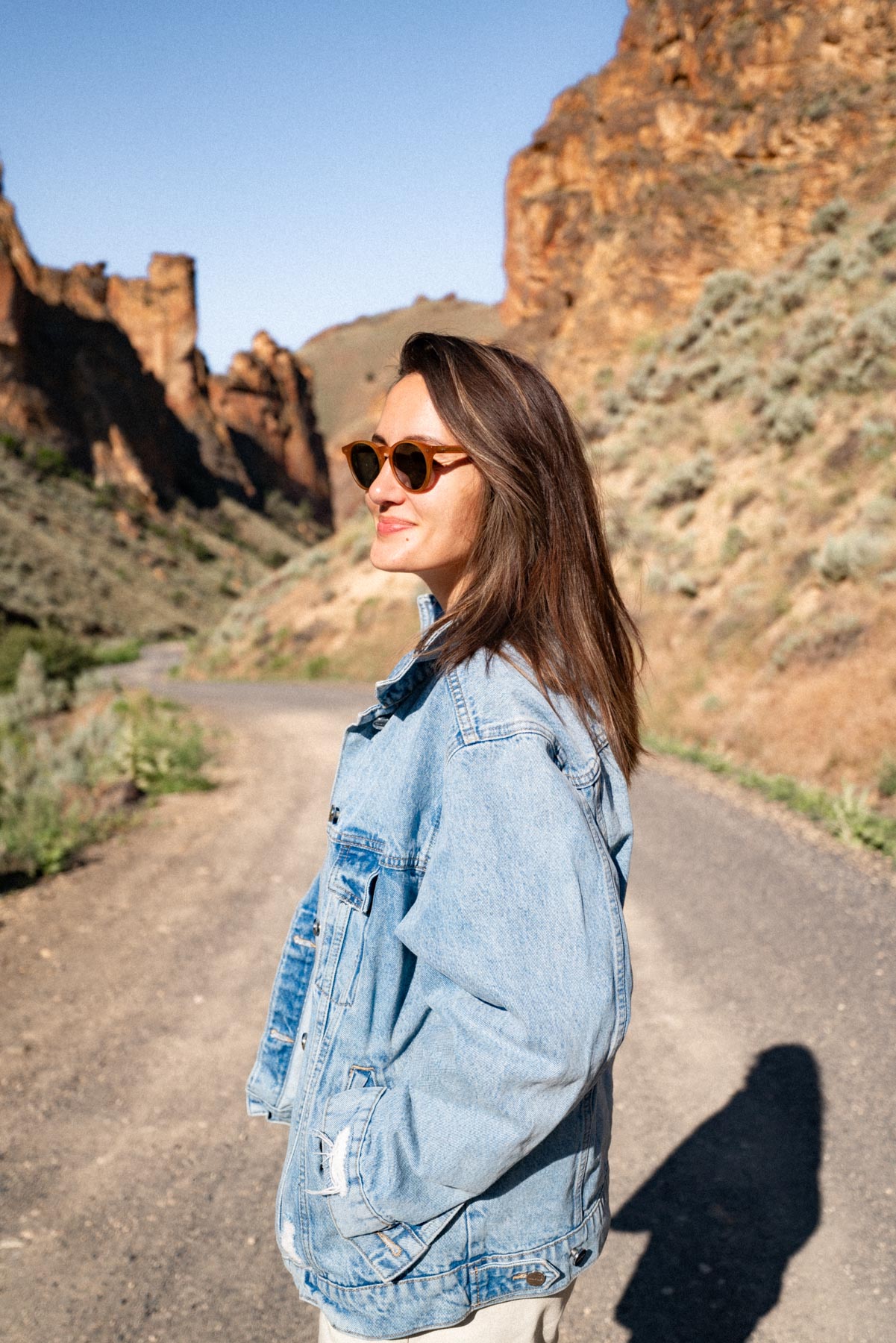
First Things, First: Day Passes Versus Annual Passes
Day passes
Day passes are often available to purchase at self-serve stations located at many popular trailheads. Typically day use fees are $5-10 per vehicle per day and do not include overnight camping fees (where camping is available).
While acquiring a day pass upon arrival is fine at these busier trailheads, we can say from experience that relying on this method is anything but foolproof.
There’s nothing worse than driving hours into the wilderness over rough, rocky, pothole-riddled roads only to realize there is no pay station at the remote trailhead and you are without the appropriate permit.
I strongly encourage purchasing passes ahead of time, either online or by searching for the nearest ranger station in the area you plan to hike for the day.
Annual Passes
Truthfully, while purchasing day passes can be the most logical move for areas you may not frequent, those daily fees can add up fast over the course of one year.
At $5 bucks a pop compared to the $30-40 cost of most annual fees, it’s likely that investing in an annual pass will be far more cost effective for the majority of outdoor enthusiasts.
Below, we analyze the fees and benefits of annual passes to help you better weigh your options.
Washington & Oregon Recreation Passes (An Explanation)
Both Washington and Oregon have their own versions of recreation passes. The gist of it is this: You can’t use the Oregon State Parks Pass in Washington and you can’t use the Washington Discover Pass in Oregon.
But there’s more details to cover, read on.
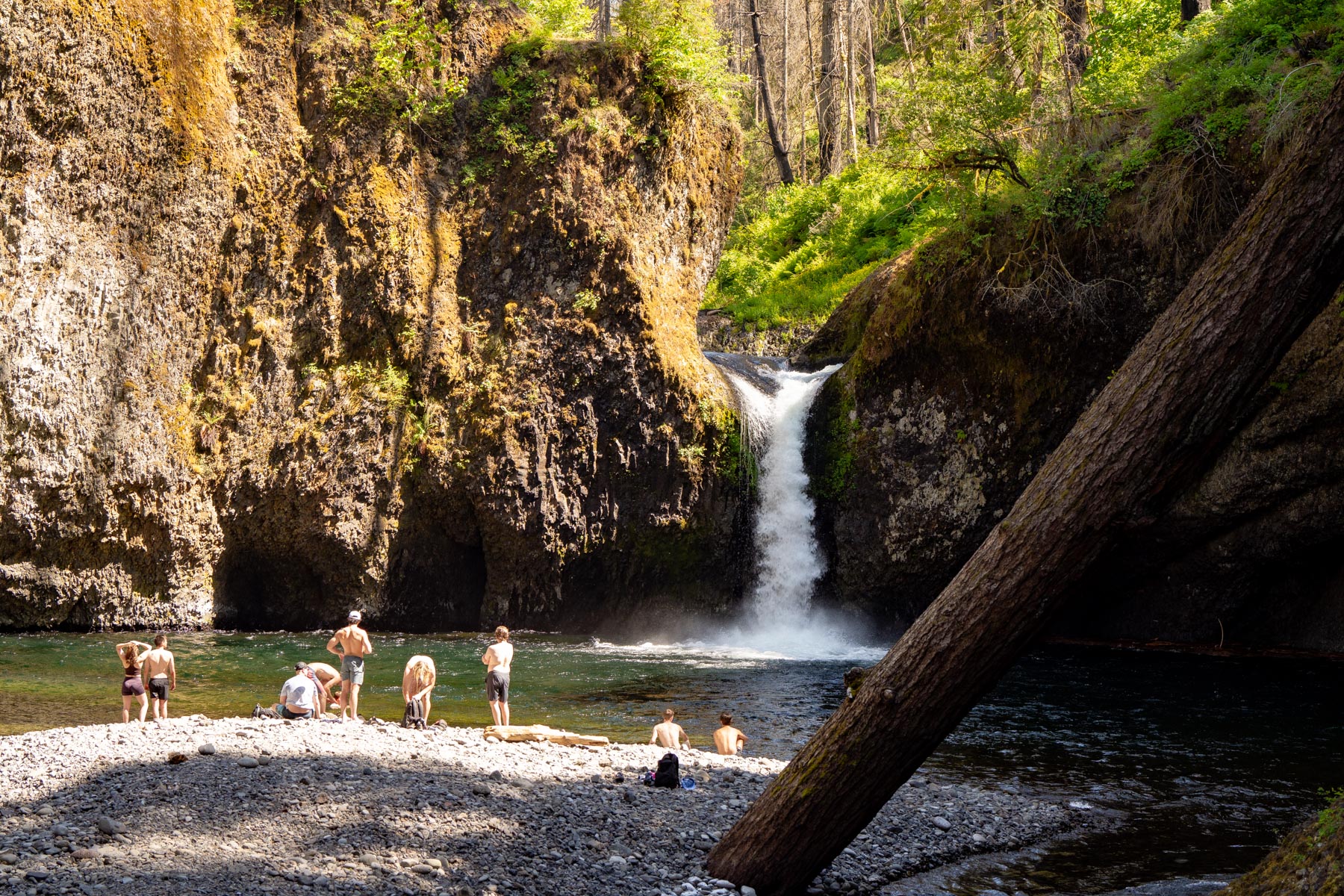
Oregon Recreation Passes
Oregon State Parks Pass ($30 annual fee)
With 361 state parks in the state of Oregon alone, there is no shortage of opportunities for outdoor adventure!
Having an Oregon state parks pass on hand just makes good sense, as we suspect you’ll get plenty of use out of it if you find yourself heading to more developed areas for camping and various recreation activities.
A 12-month annual pass is just $30 and will cover your day use fees at most state parks.
With typical day use fees being $5, this pass pays for itself after just 6 visits to any state park in one calendar year. If you’re anything like us, you’ll easily hit 6 visits and more before summer even starts!
Planning ahead? You can buy the pass online at the official website (arrives in the mail within 30 days).
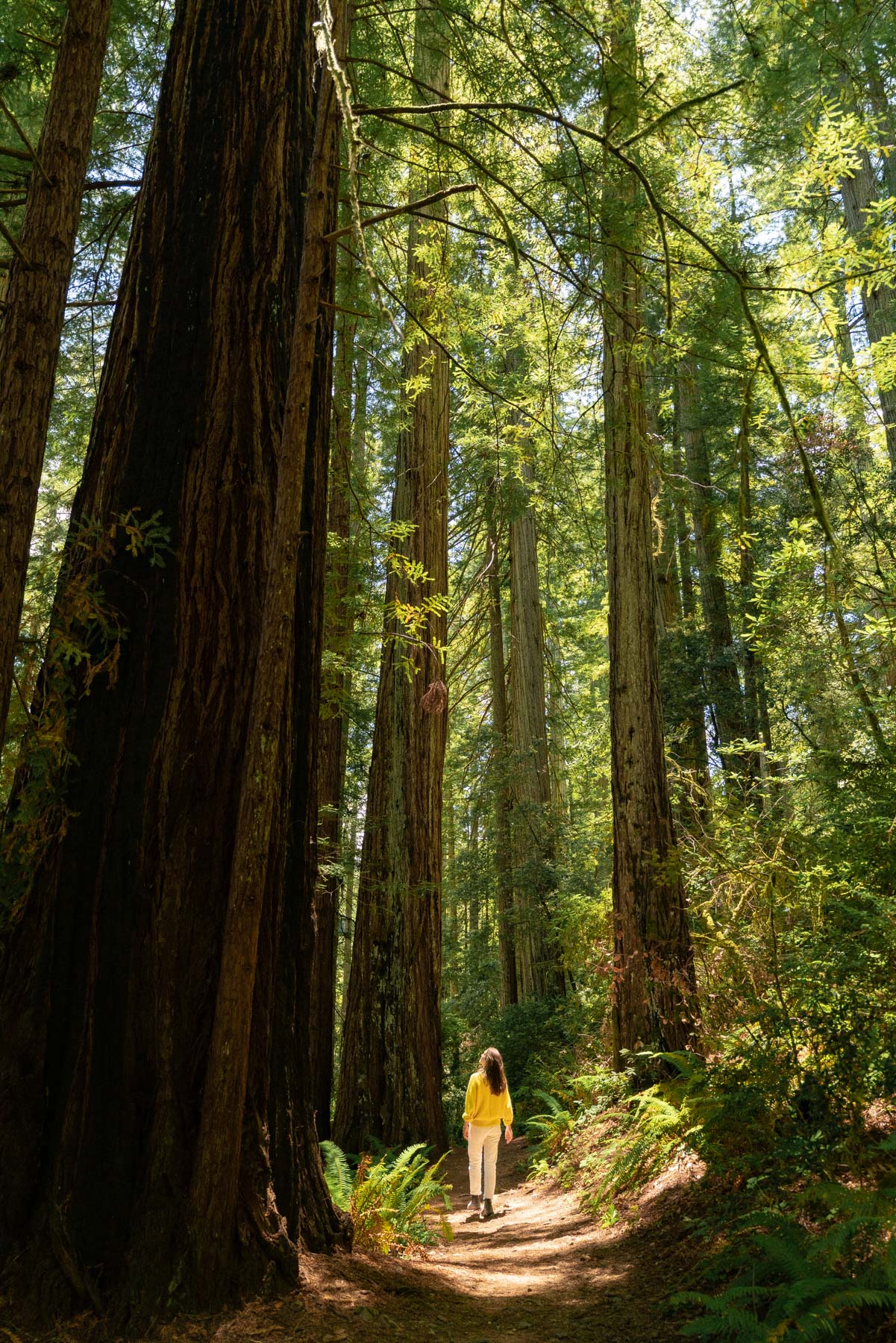
You May Enjoy Reading: 3 Scenic Spots to See Redwoods in Oregon
Washington Recreation Passes
Discover Pass ($30 annual fee)
Annual cost $30, day pass $10.
The Discover Pass is Washington State’s equivalent of Oregon’s State Park Pass. With day use fees being twice as much as Oregon’s, the annual pass is definitely recommended here.
With 142 state parks open to the public, there are more places to explore than there are weekends to get outside! The Discover Pass covers 2 vehicles at most trailheads, including many of the most popular spots in the famous Columbia River Gorge.
Included with the cost of the permit is access to more than 300 dispersed recreation and camping sites, 2,000 miles of water and land trails, over 100 natural and wildlife areas.
Whew! This modest pass certainly does some heavy lifting, and is a total plus for any nature enthusiast to keep tucked in their glove box just in case.
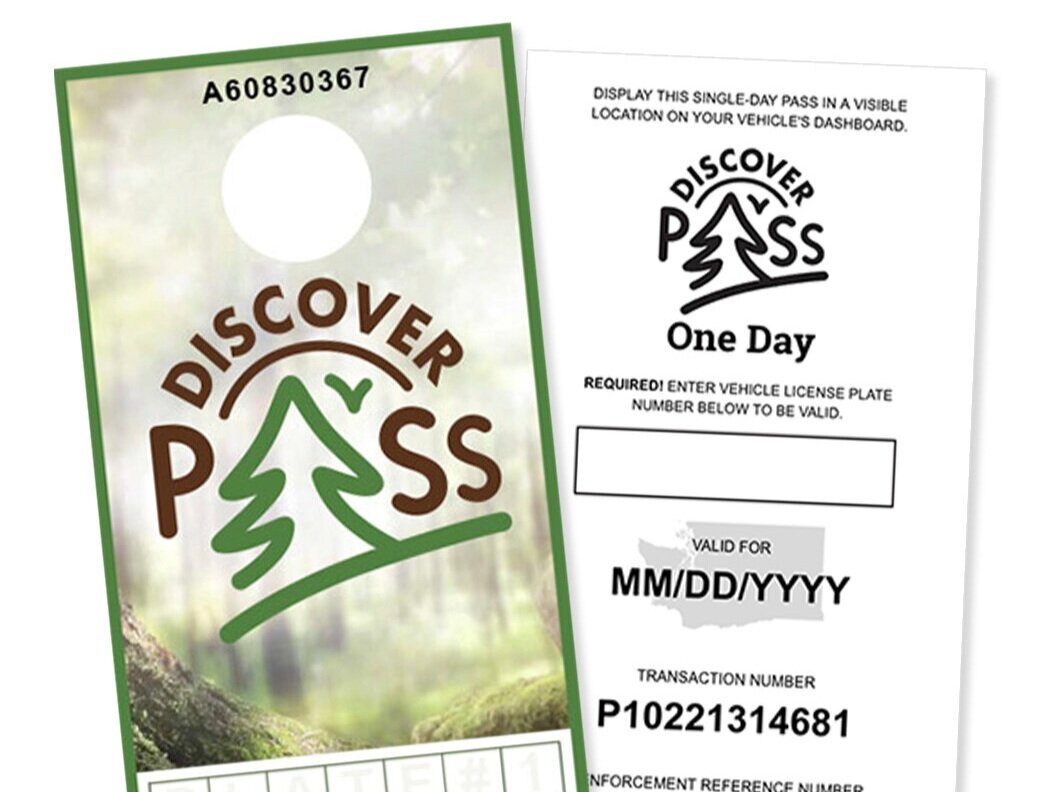
Reader Question: Can I use a Washington Discover Pass in Oregon?
Nope. The Washington Discover Pass is intended to be used exclusively for Washington State Parks.
Recreation Passes for Both Oregon & Washington
Northwest Forest Pass ($30)
If you plan on only getting one pass this year, we think the Northwest Forest Pass will be your best bet.
Valid in all sites run by the Forest Service in both Oregon and Washington, this little pass provides access to roughly 20 of the most loved National Forests and all of the trailheads and recreation sites within them.
This is definitely the pass to get if you find yourself heading out to the wilderness for hiking and camping off the beaten track.
We like to purchase a NW Forest Pass as well as one of the State Park passes each year spending on which state we plan to spend the most time exploring.
But hey, if you want to be really prepared, go ahead and scoop up all three! The fees help keep our public lands well-maintained and beautiful, so even if you find you don’t use one pass as much as you thought, you can rest assured that your contribution still made a positive impact.
Note: if this seems like the pass for you but you also want to visit National Parks like Crater Lake, read further for info about the America The Beautiful Pass. This has all the benefits of the NW Forest pass, but also grants access to federal lands.
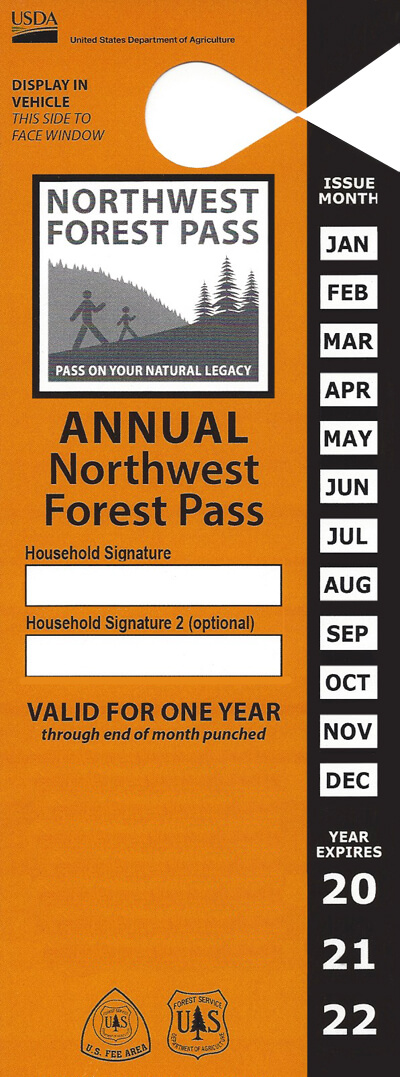
America The Beautiful Pass
Annual Pass: $80
Now that you’ve got the essential passes for enjoying most of the incredible natural spaces within Oregon and Washington, we’ll fill you in on your options if you plan on visiting any of the National Parks.
Because National Parks are held in such high esteem, the government decided these lands also needed their own special passes.
If you’ve been itching to stare into the depths of the world-renowned Crater Lake or scale the peaks in Olympic National Park, you’ll want to have this pass on hand.
Doubly so if you plan to travel out of state to any of the other 2,000 federally-run recreation sites across the country! From our experience, entry fees for 1-7 days in most National Parks is $20.
If you think you’ll be able to get out to 4 National Parks or recreation areas this year, then the annual pass is our recommendation.
As mentioned, the America the Beautiful pass functions in place of the NW Forest Pass and is the best option if you intend to visit managed forests as well as the Parks. Remember, this pass still does not cover State Parks.
Below we cover the other types of America the Beautiful passes available if you or your family members qualify for them.
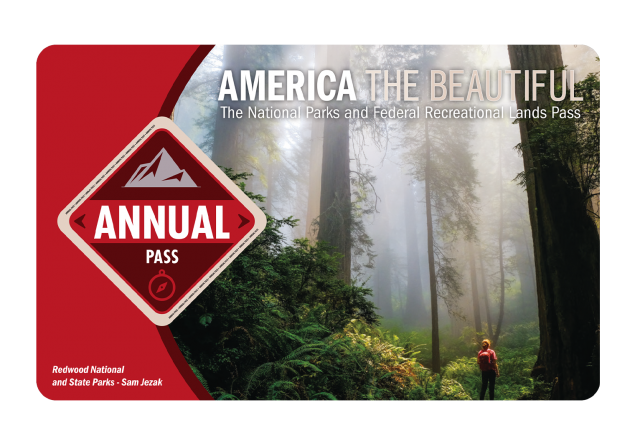
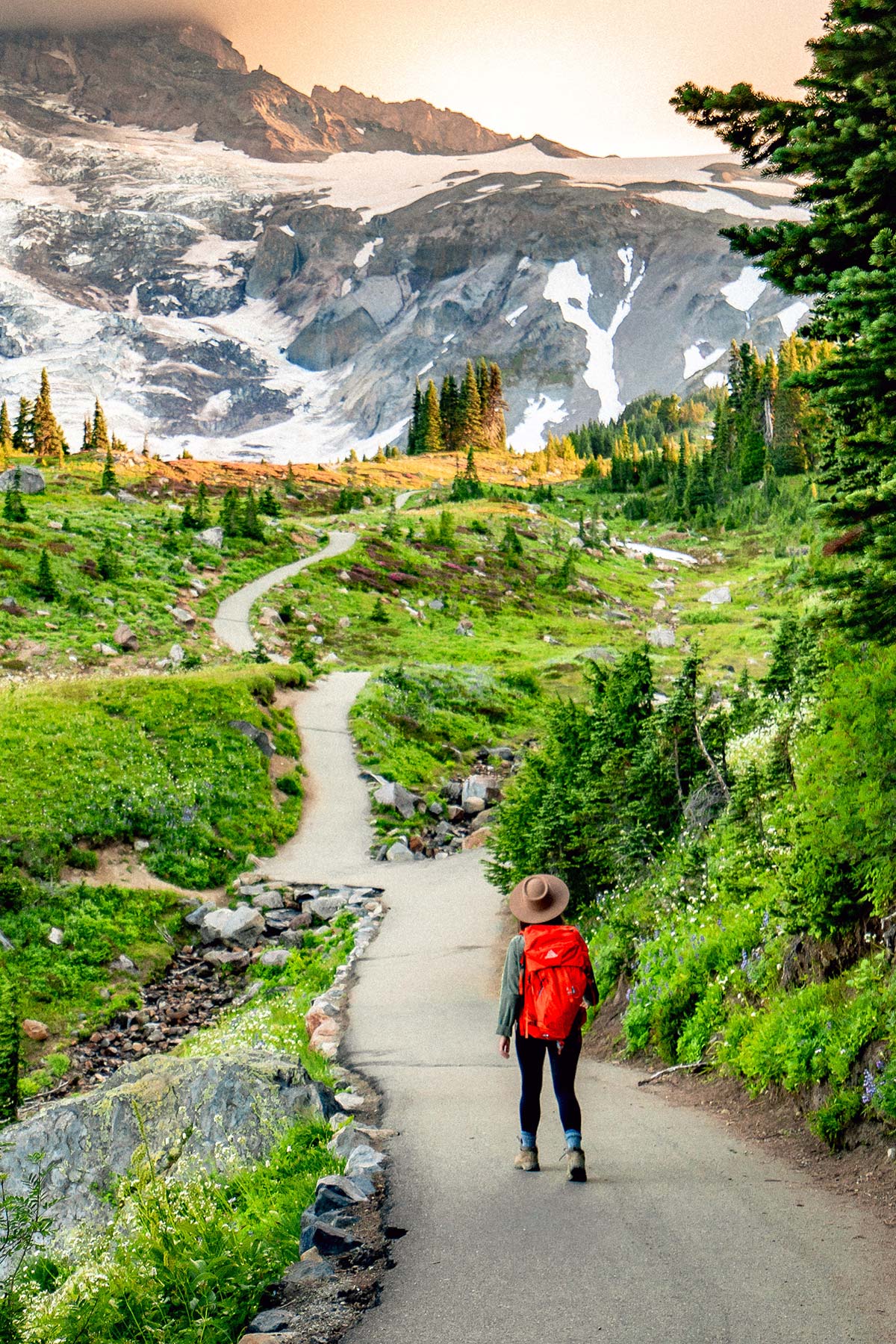
You May Enjoy Reading: 13 Jaw-Dropping Hikes at Mt. Rainier National Park
America The Beautiful Senior Lifetime Pass (62+)
Annual Pass: $20
Lifetime Pass: $80
If you’re aged 62 or over, you’re in luck! Nothing keeps us feeling young and fit as much as a life spent outdoors does, and we love that this pass is available to older folks at a discounted annual rate of just $20.
What’s even better if that you can opt to get a Lifetime Pass for $80. Seriously, only $80 dollars for a lifetime of free access to state and federal lands?!
You can bet that instead of a 62nd birthday we’ll be running (or maybe speed walking), to get this lifetime pass and spend our golden years hiking as much as we possibly can.
Access Pass
Lifetime Pass: Free
The America The Beautiful Access Pass is granted free of charge to folks with permanent disabilities. If you are on social security, disability, or can provide documentation from a licensed medical practitioner who can vouch for your disability, then the pass is yours for the rest of your life.
The Access pass, as well as the following variations of the America the Beautiful passes we mention, still cover the exact same lands that the pass for the general public covers.
Military Pass and Military Gold Star Family Pass
Lifetime fee: Free
Active military members as well as their dependents qualify for a free lifetime America the Beautiful pass. Additionally, if you are a Gold Star Family member or veteran, you also qualify for a pass that is entirely free for a lifetime.
4th Grade Pass
Last but not least, we can’t forget to mention the perks that come with being a kid! Well, the perks of being a 4th grade kid, specifically.
As a move to encourage people to build a solid relationship with the natural world from a young age, the Every Child Outdoors program was instituted in 2019.
The 4th Grade Pass can be printed online (you must print one out before every trek your family makes to a National Park or National Forest). This pass grants public land access to the 4th grader, to every accompanying child under the age of 16, and to 3 adults within the same group.
Man, I know if I had been the 9 year old who’s status of “4th Grader” was what got my family, siblings, and friends into some of the coolest natural spaces on the planet I would have felt supremely cool!
Like okay mom and dad, you guys might be able to have driver’s licenses, but do you have the power to park their car for free?!
Let’s be real, even the smallest things can make you feel like a big shot when you’re 9 years old. Definitely take advantage of this fantastic program while your kids are at the right age. They’ll undoubtedly be grateful for that time spent outdoors long after they’re out of school.
How to use recreation passes when hiking in the Pacific Northwest
No matter which pass you decide to go for this year, you’ll want to keep in mind a few important things about using them.
Getting hit with a fine is one thing if you’re not following the rules, but getting hit with a fine when you thought you were following the rules doesn’t feel so great.
Don’t worry, we have you covered to ensure you’re fine-free when you return to the car. Read through our tips below to ensure you are using your NW recreation pass to its fullest potential.
- Display all passes on the dash or rear-view mirror of the vehicle. Some passes, like the Discover Pass, may have a space to write in your license plate number. Be sure to do that, or risk a fine.
- Sign your name directly on the pass if there is an option to and make sure the signature side faces the windshield. All passes will be mailed or emailed to you and come with their own instructions, so double check the requirements once you have it in front of you. But be assured that there are steps you must take after getting your pass. Simply tossing it on the ol’ dash doesn’t usually cut it.
- Some passes are only valid for one vehicle. If you plan on taking two cars out, plan to also have two separate passes (the Discover Pass is the only one that covers two vehicles with one pass).
- If you forget your pass at home (been there!), you unfortunately will have to purchase a day pass to enter the recreation area you’ve arrived at. We suggest keeping all of your passes safely tucked in the glovebox of the vehicle you travel in the most.
- For day passes acquired at a trailhead, you’ll want to enclose cash in a provided self-serve envelope which is slipped into a pay box after tearing off the parking stub. Display this stub on the dash of your vehicle.
- Keep your passes up to date! We set reminders in our calendars the day we purchase them to remind our future selves when to renew them so we don’t get caught without one!
Northwest Recreation Pass FAQs
Which recreation pass should I get for hiking in Oregon?
If you’re planning on hiking in Oregon exclusively, you can opt for the Oregon State Parks Pass or Northwest Forest Pass (which covers both Oregon and Washington parking permits).
Which recreation pass should I get for hiking in Washington?
If you’re planning on hiking in Washington exclusively, you can opt for the Washington Discover Pass or Northwest Forest Pass (which covers both Washington and Oregon parking permits).
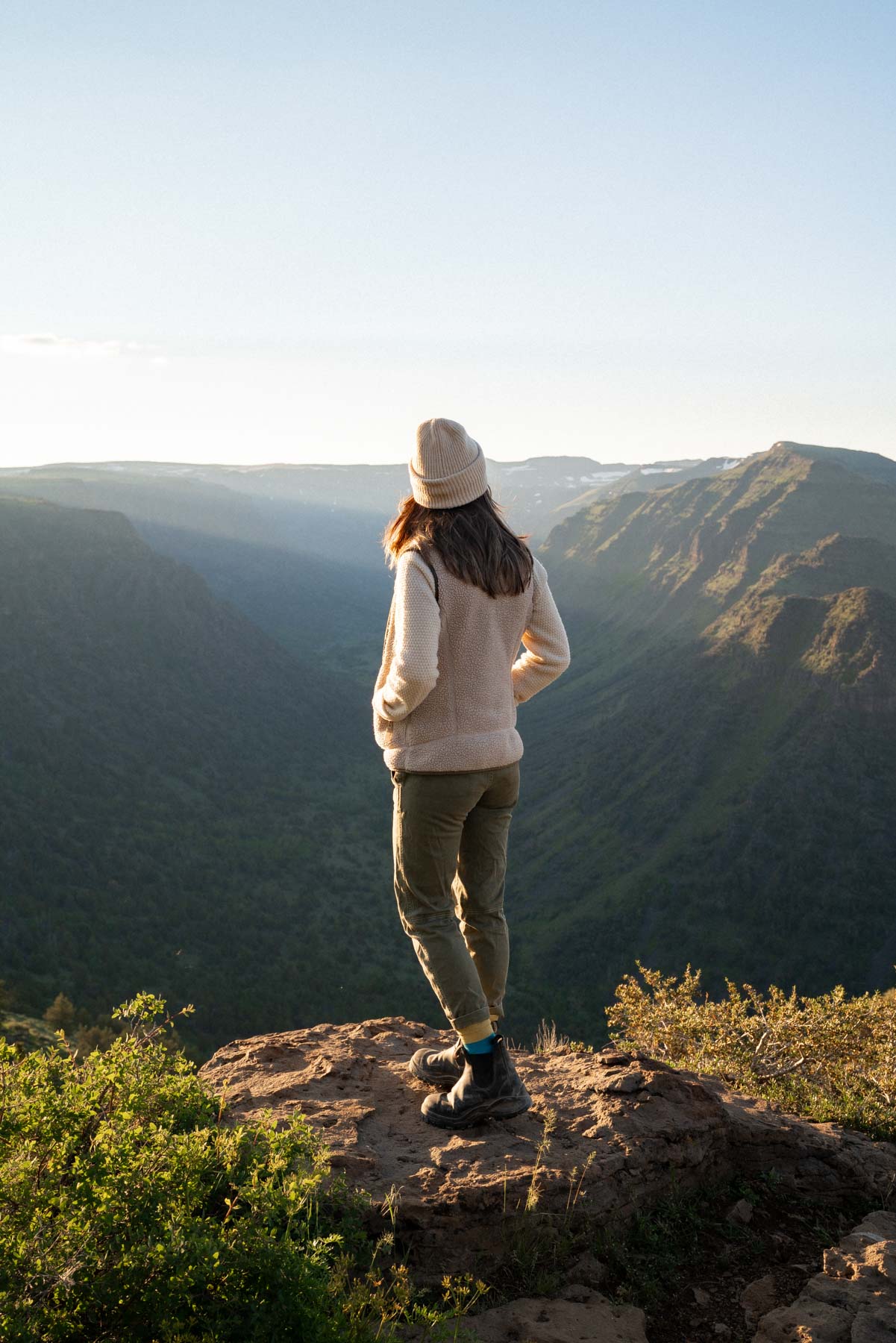
You May Enjoy Reading: (Very) Helpful Guide to Steens Mountain
Helpful to Know: National Parks vs. National Forests
We know, we know–what’s the difference between a National Forest and a National Park? That’s a great question, and the answer simply comes down to how the land is used by people, as well as which government agency manages them.
National Forests are run at the state-level and are often used for a variety of purposes, including recreation, logging, hunting, and even as areas for farm animals to graze.
On the other hand, National Parks are federally managed, and these lands have been set aside specifically to preserve them as well as possible.
National Parks are considered natural areas of great and unique significance, so the federal government aims to protect them from alteration and misuse.
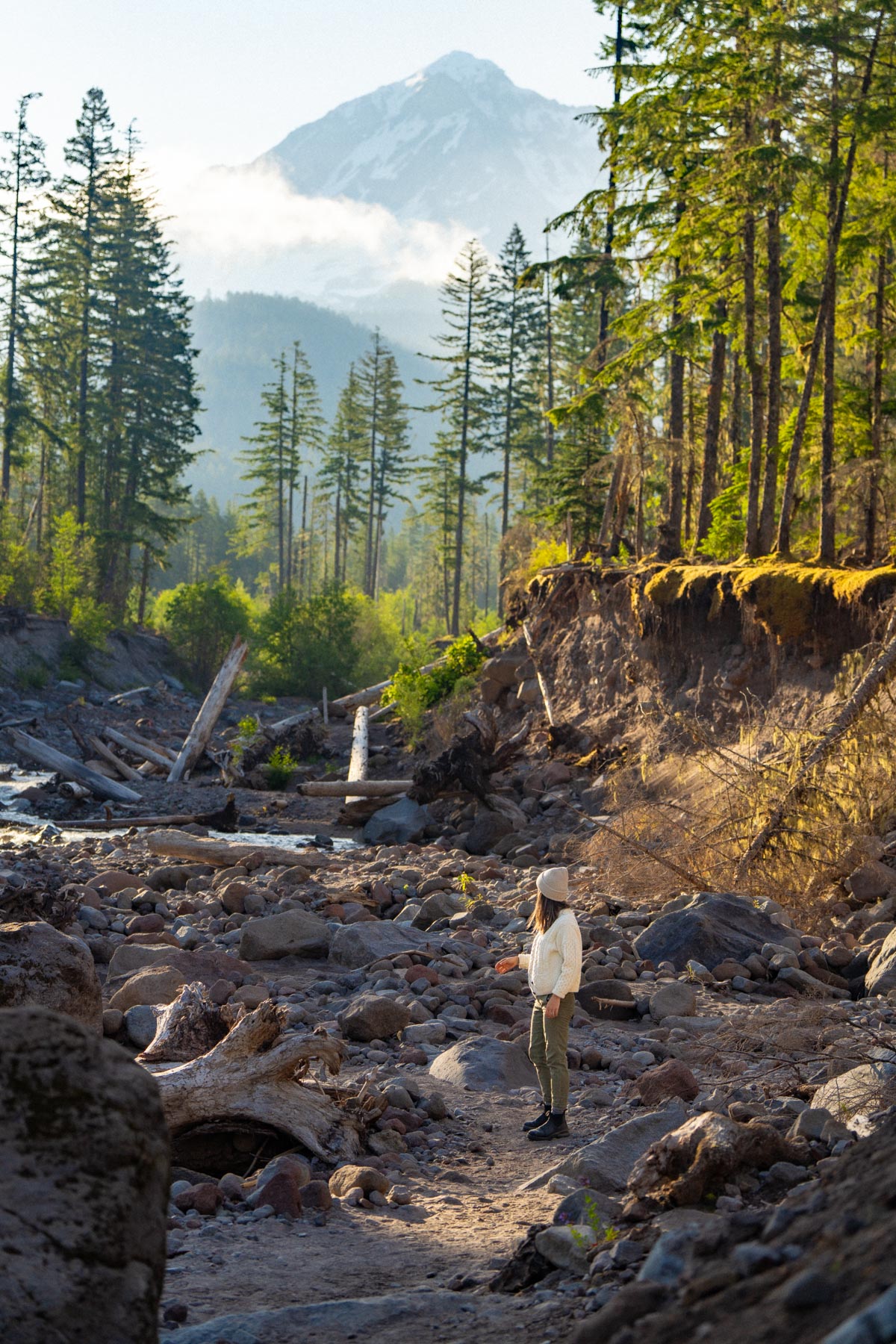
Washington & Oregon Recreation Passes | Pacific Northwest Recreation Passes (Post Overview)
Now that you’re more familiar with the ins and outs of the recreation permit system, head on over to fs.usda.gov to select and purchase the appropriate validation for all of your future adventures.
Passes can also be purchased in person at ranger stations across the pacific northwest, at National Park entrances, and even at stores like REI, LL Bean, and local outdoor shops.
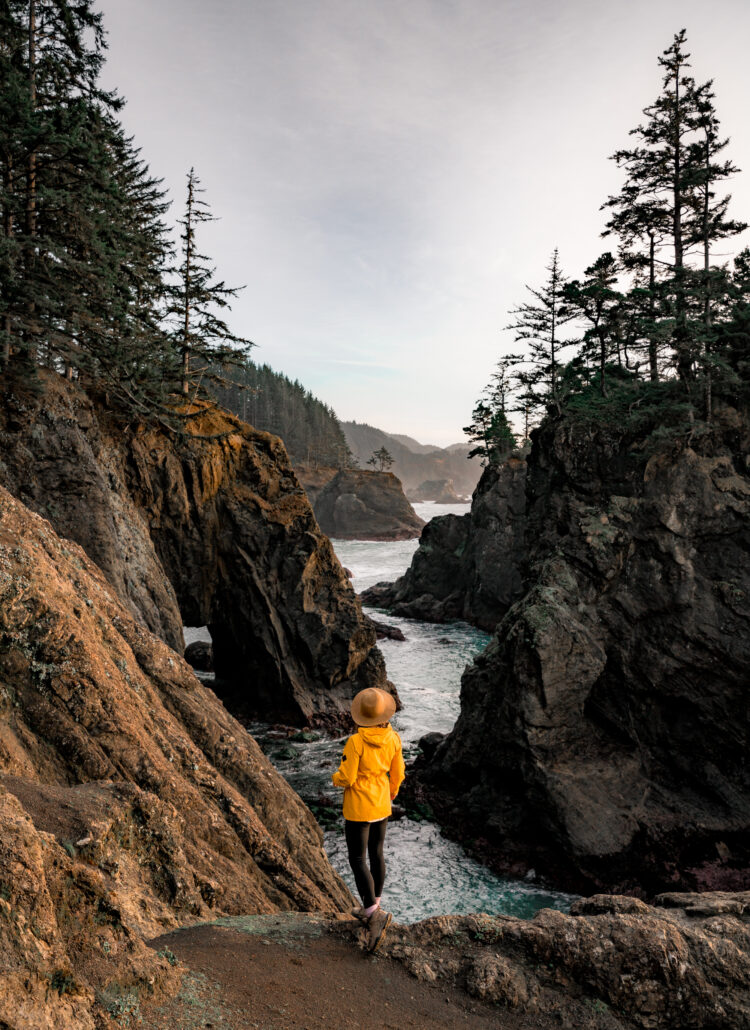
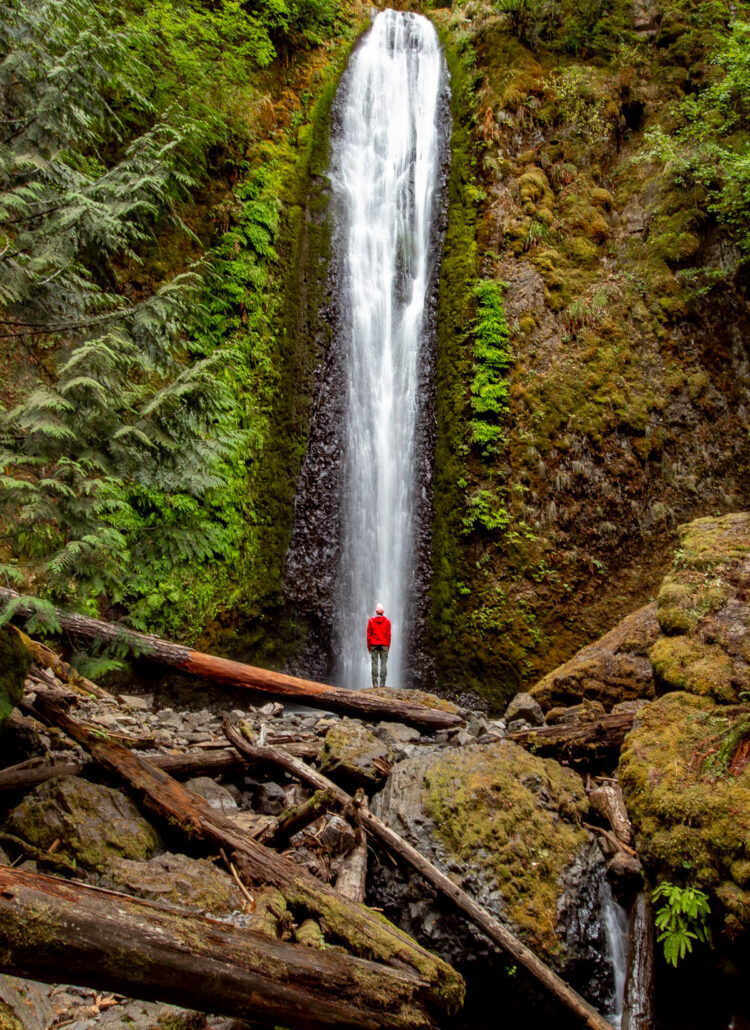
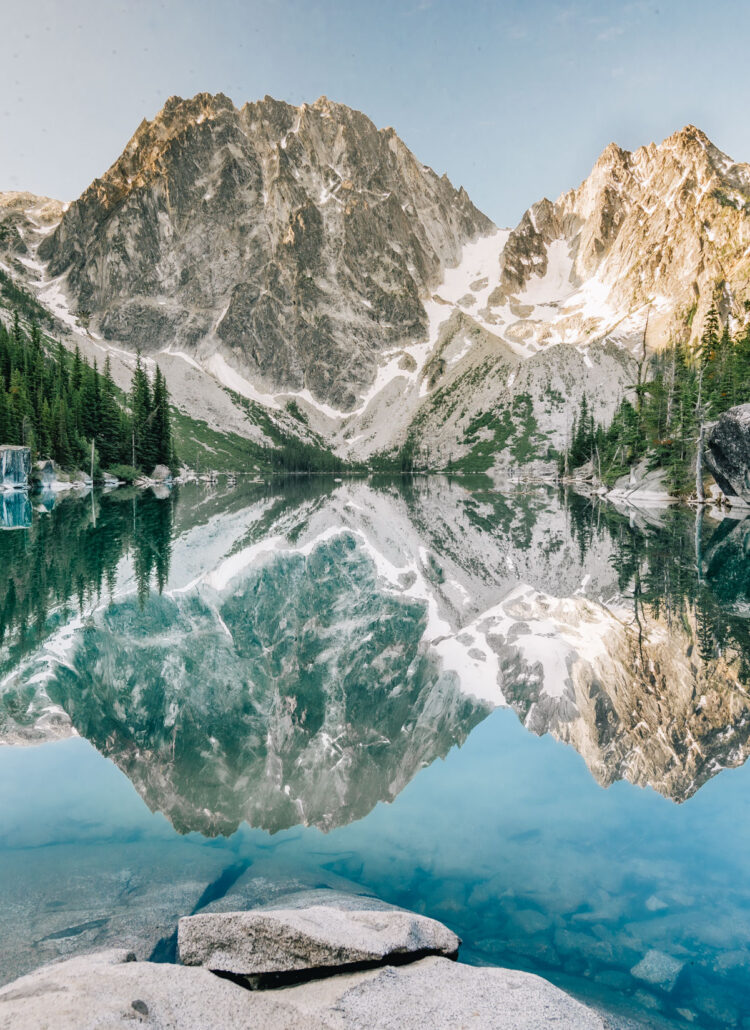


What do you think?